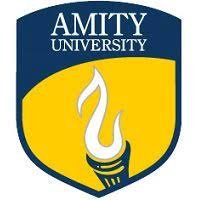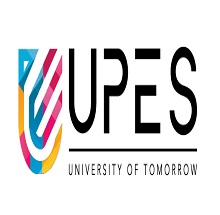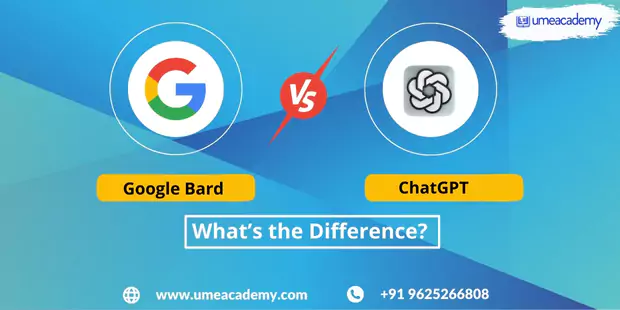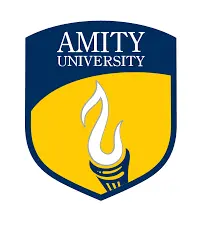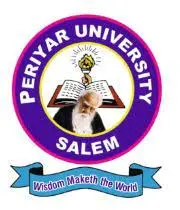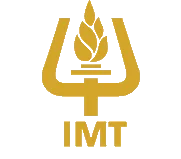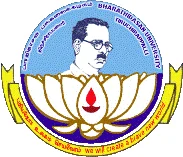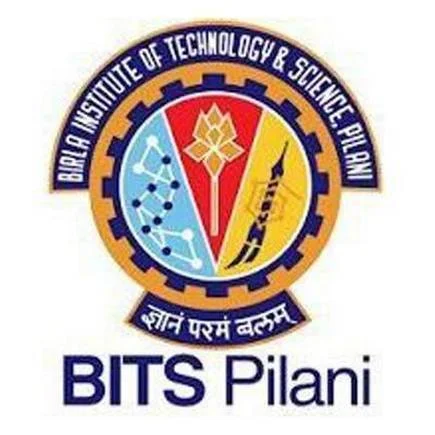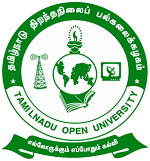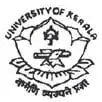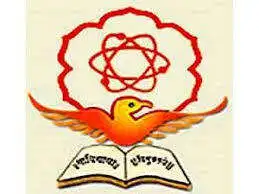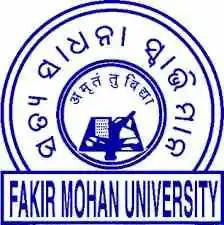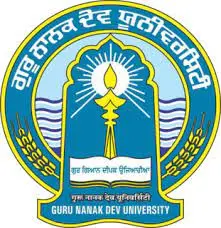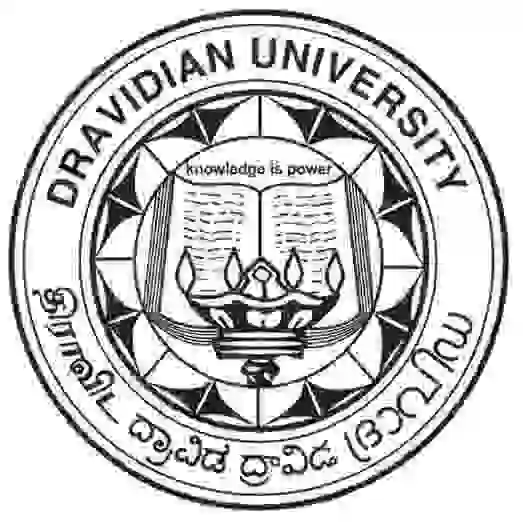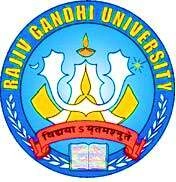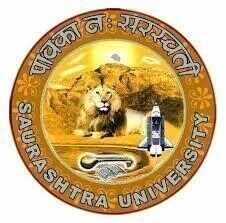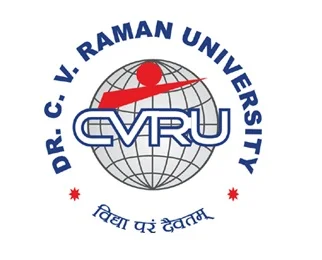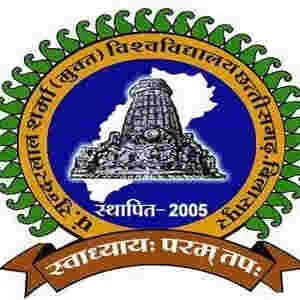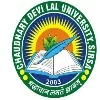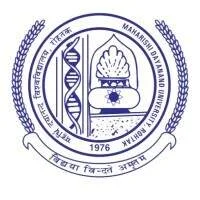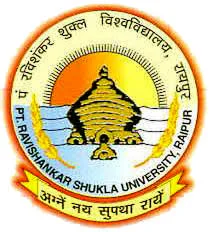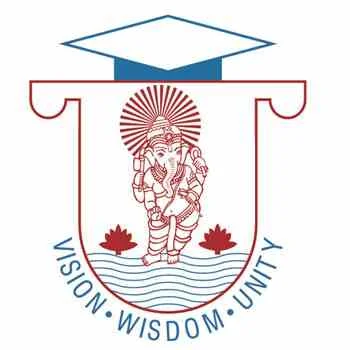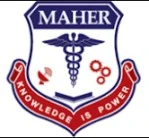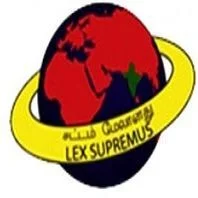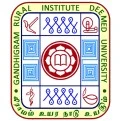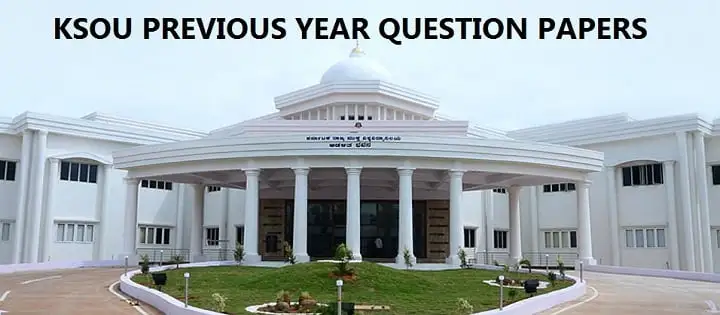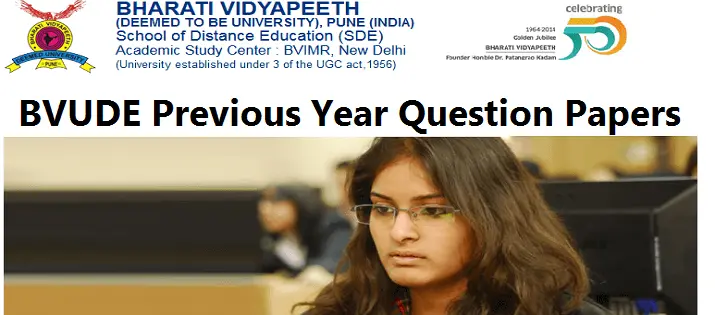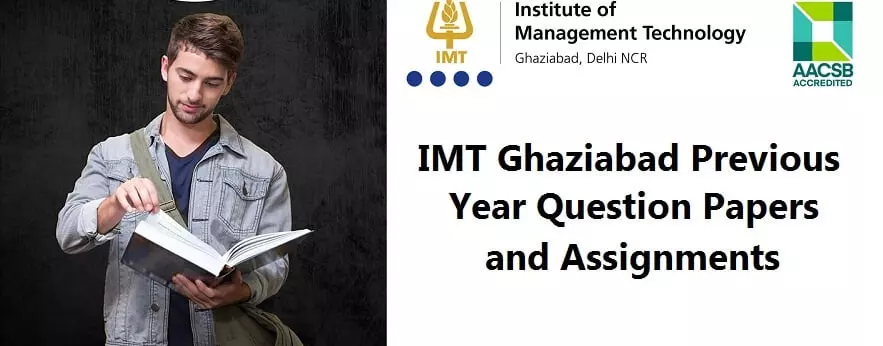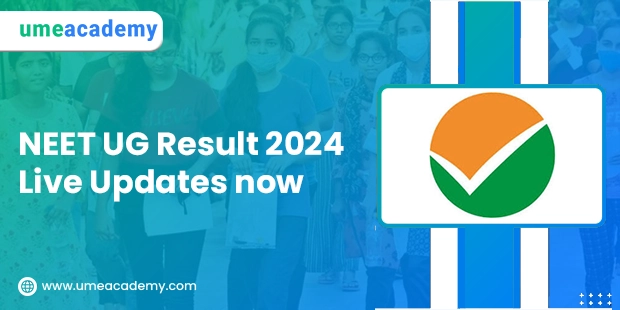What is Google Bard?
- Language: LAMDA, an application for language model 4 dialogue, powers Google Bard. Earlier models like BERT and GPT-3 are comparable to LAMDA, or Language Model for Dialogue Applications. It also utilizes the transformer design, which Google made available for free in 2017. With these features, a chatbot can simply engage in light conversation with users.
- Model: Bard uses online resources for its information. Using datasets made out of Internet-based content, known as Infiniset, the model is trained. However, there isn’t as much information available about Infiniset.
- Knowledge: The transformer-based LaMDA language model is trained on dialogues with up to 137B parameters and is pre-trained on 1.56T words and web material.
- Upgrade: Google CEO Sundar Pichai disclosed that just a tiny number of “trusted testers” are being used to test Google Bard, which is still not available to the broader public.
- Search Engine: Google Bard is simple to find via Google’s search engine, unlike ChatGPT.
What is ChatGPT?
ChatGPT, also known as conversational generative A substantial language model developed by OpenAI is called Pre-trained Transformer. Because there are so many natural language queries and prompts, this artificial intelligence (AI) system may provide users with responses that exactly match those of a human.
- Language: The large language chatbot model GPT-3 is what powers Openai’s ChatGPT. The GPT-3 model was trained using a whopping 45TB of natural language text and is based on the Transformer deep learning technique.
- Model: Some reports claim that the offline model data does not contain any live data and is only available till 2021.
- Knowledge: Based on a model of human input, ChatGPT uses reinforcement learning. Reinforcement learning is a technique for learning to associate events or circumstances with suitable and precise responses, and the end result will eventually improve the binary reward signal.
- Upgrade: The recently introduced $20 monthly ChatGPT Plus Membership is now only offered in the US. Yet, additional counties will eventually have it implemented.
- Search Engine: Apparently, ChatGPT is accessible on the Bing and Edge search engines, but not in all nations.
A chatbot with artificial intelligence named Bard was created by Google. Users are supposed to receive exact and accurate answers to their questions. It is based on a large language model that was developed with a tonne of data from the web.
ChatGPT vs Google Bard: Key Differences
ChatGPT and Google Bard are two large-scale natural language processing (NLP) models that are designed to generate human-like responses to natural language queries. Although they are both used in NLP, they have several key differences.
Training Data: ChatGPT was trained on a massive corpus of natural language text data, while Google Bard was trained on a smaller dataset of books and web pages. ChatGPT was trained on a dataset of 45 terabytes of text data, while Google Bard was trained on a smaller dataset of approximately 3.3 billion words. The difference in training data can impact the models’ performance, as a larger dataset can help produce more accurate and diverse responses.
Model Architecture: ChatGPT is based on the Transformer architecture, which uses self-attention mechanisms to process inputs and generates outputs, while Google Bard is based on the BERT (Bidirectional Encoder Representations from Transformers) architecture, which uses a bidirectional transformer to learn contextual representations of text. The key difference between the two architectures is that Transformer models generate responses from left to right, while BERT models generate responses by looking at the whole input sequence.
Output Quality: While both models can generate high-quality responses to natural language queries, ChatGPT is known for its ability to generate more coherent and contextually relevant responses, especially when dealing with more complex queries. On the other hand, Google Bard is known for its ability to generate concise and informative responses. Both models can generate grammatically correct responses, but ChatGPT is better at generating responses that are more human-like and natural-sounding.
Accessibility: ChatGPT is a proprietary model developed by OpenAI and is only available through licensed partnerships or APIs. In contrast, Google Bard is an open-source model that can be freely accessed by developers and researchers. This means that Google Bard can be used by anyone, while ChatGPT is only available to those who can afford to pay for access.
Applications: Both ChatGPT and Google Bard can be used in a variety of natural language processing applications. ChatGPT is often used in chatbot and virtual assistant applications, while Google Bard is often used in text classification and information retrieval tasks. ChatGPT is also used in conversational AI applications, while Google Bard is used in language modeling, sentence classification, and text summarization.
Conclusion
ChatGPT and Google Bard are both highly advanced natural language processing models that can generate human-like responses to queries, but they differ in terms of their training data, model architecture, output quality, accessibility, and applications. Developers and Researchers should consider these differences when choosing which model to use for their specific NLP tasks.
For more updates about blogs and news visit our page umeacademy.com or Umeacademy YouTube channel
Top Online Colleges

 Online BBA
Online BBA
 Distance BBA
Distance BBA
 Regular BBA
Regular BBA
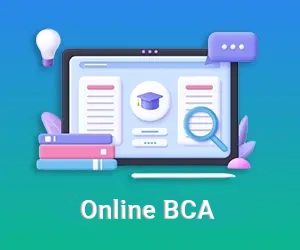 Online BCA
Online BCA
 Distance BCA
Distance BCA
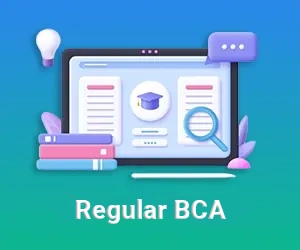 Regular BCA
Regular BCA
 Online B.Sc
Online B.Sc
 Distance B.Sc
Distance B.Sc
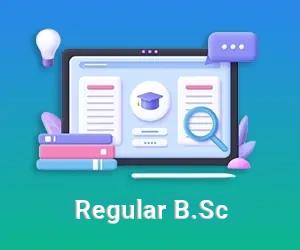 Regular B.sc
Regular B.sc
 Online B.com
Online B.com
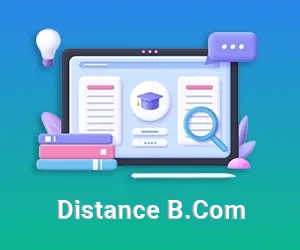 Distance B.Com
Distance B.Com
 Regular B.com
Regular B.com
 Online BA
Online BA
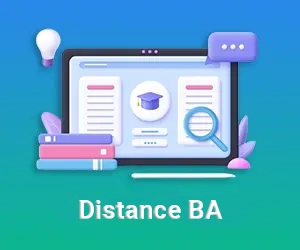 Distance BA
Distance BA
 Regular BA
Regular BA
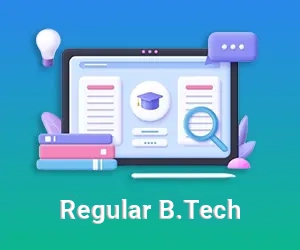 Regular B.Tech
Regular B.Tech
 Online MBA
Online MBA
 Distance MBA
Distance MBA
 Regular MBA
Regular MBA
 Part Time MBA
Part Time MBA
 Online Executive MBA
Online Executive MBA
 Regular Executive MBA
Regular Executive MBA
 Online Global MBA
Online Global MBA
 Online MCA
Online MCA
 Distance MCA
Distance MCA
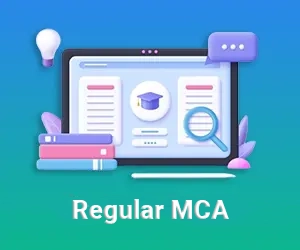 Regular MCA
Regular MCA
 Online M.com
Online M.com
 Distance M.com
Distance M.com
 Distance MA
Distance MA
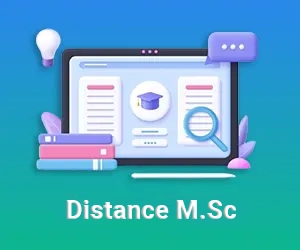 Distance M.Sc
Distance M.Sc
 Online M.Sc
Online M.Sc
 Online MA
Online MA
 Regular M.com
Regular M.com
 Regular M.Sc
Regular M.Sc
 Regular MA
Regular MA
 Apache Hadoop
Apache Hadoop
 Artificial Intelligence and Machine Learning
Artificial Intelligence and Machine Learning
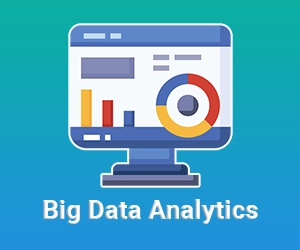 Big Data Analytics
Big Data Analytics
 BLOCKCHAIN TECHNOLOGY
BLOCKCHAIN TECHNOLOGY
 CLOUD COMPUTING
CLOUD COMPUTING
 CYBER SECURITY
CYBER SECURITY
 DATA SCIENCE
DATA SCIENCE
 DIGITAL MARKETING
DIGITAL MARKETING
 Operating System
Operating System
 AUTOMATION TEST
AUTOMATION TEST
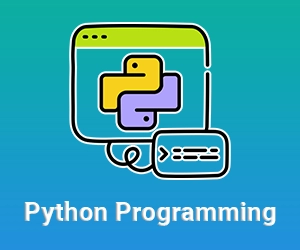 PYTHON PROGRAMMING
PYTHON PROGRAMMING
 SAS CERTIFICATION
SAS CERTIFICATION


